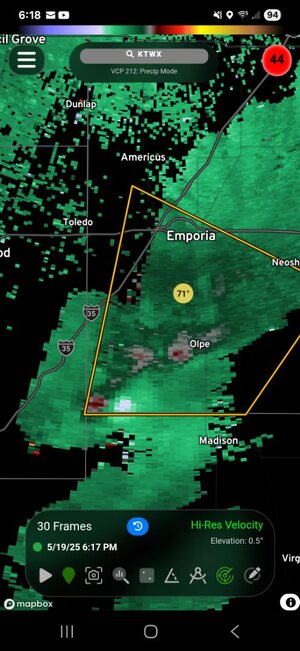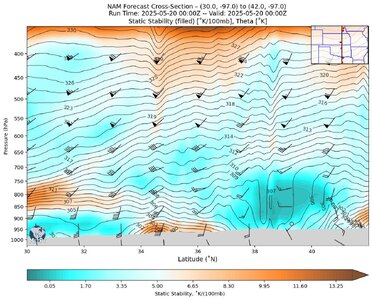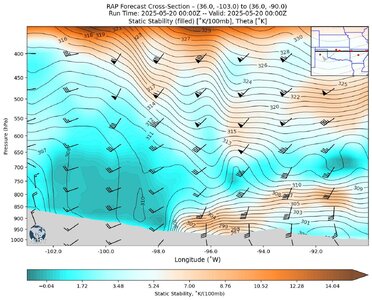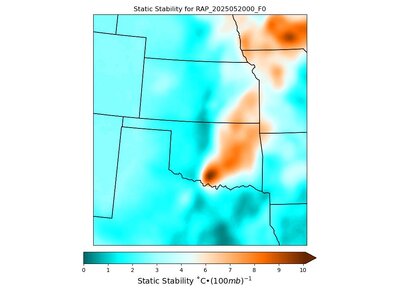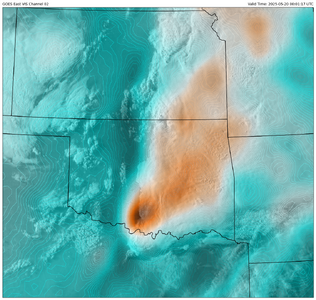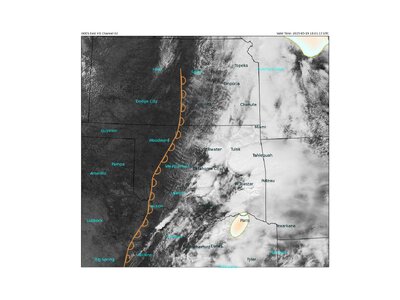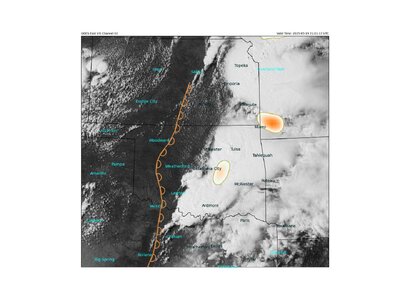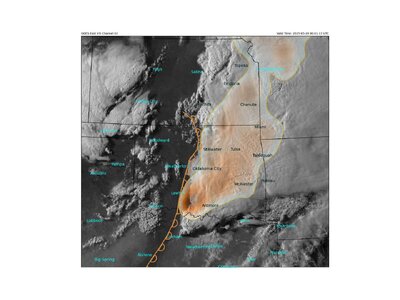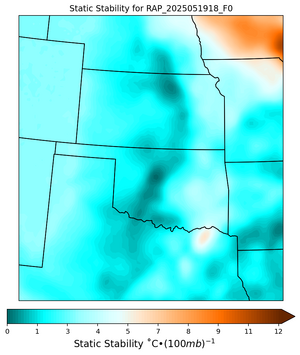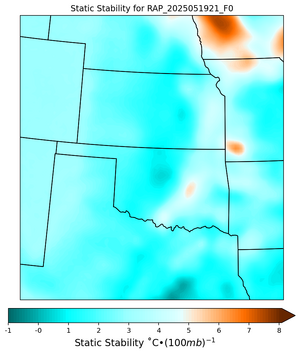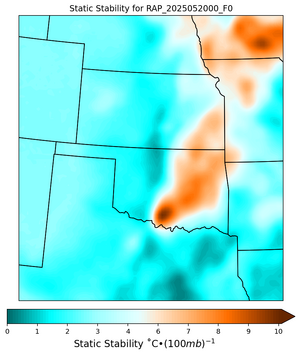Matt Zumbrunn
EF2
I also gave up. Right as my last appointment was over several attempts at convection started SW of Emporia along the turnpike and I thought "Oh boy here we go". They quickly fizzled. A storm eventually materialized in SW Lyon County with some brief rotation but nothing to write home about. Nothing else of note within a drive. It appeared a quick QLCS tornado perhaps up by Eskridge but that would've been difficult to forecast or see. It hasn't even rained here at the house, and we need the rain.
